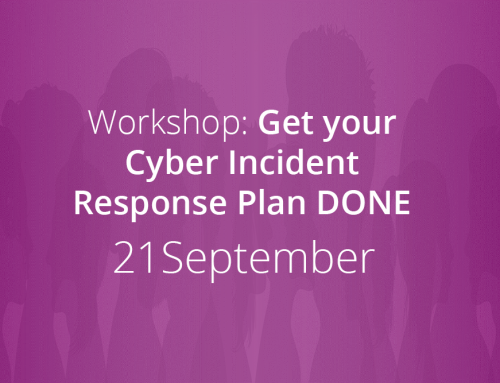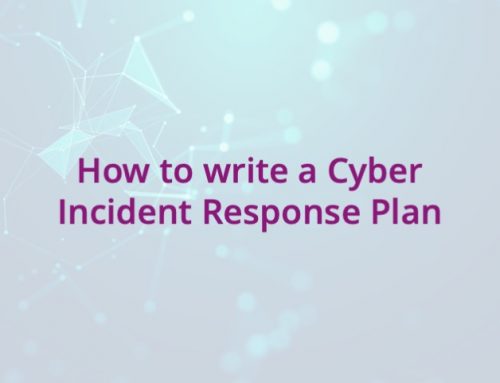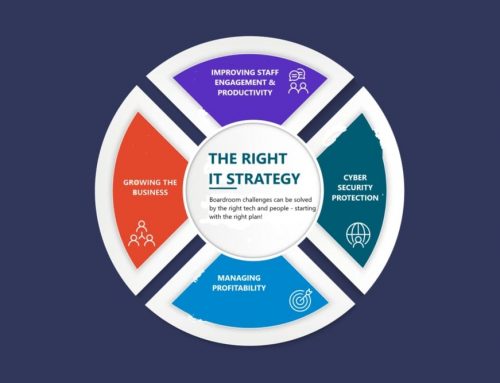Business continuity plans and disaster recovery plans often get mixed up, with people thinking that because they have a business continuity plan (BCP) they don’t need a disaster recovery plan (DRP), and vice versa.
They are, of course, very closely linked but with BCPs taking a more proactive approach to avoid and minimise the risk of downtime, and DRPs focusing on recovering from a disaster – they do what they say on the tin!
In this post, we’re going to look specifically at Business Continuity Plans and why you should have one.
If you think it’s just another laborious task to complete and that you probably won’t ever need to use it, here are a few compelling facts that might persuade you to prioritise a BCP.
- On average, a medium-sized data centre will experience over three downtime events each year, with the average power cut lasting over 3.5 hours. Source: Eaton UK
- 77% of UK organisations (approximately 4.2 million) experienced connectivity failures in 2016. On average, UK organisations were also found to have suffered 4-5 outages each during 2016 and a wait of 6 hours every time for service to be restored. Source: ISP Review
- 54% of UK companies have been hit by ransomware attacks resulting in variable amounts of downtime (58% of UK companies pay up to get access to data and systems again.) Source: Malwarebytes
- 97% of network professionals in a survey by Veriflow agreed that ‘human error’ was the most common reason for network outages. Source: Network World
- The average cost of downtime for an enterprise is $5,600 per minute.Source: Gartner
If you’re questioning that last stat, Gartner’s data was collected from extremely large companies – not SMEs – however, downtime also costs small businesses heavily.
Downtime not only results in lost revenue but also in wasted employee time (you’re still paying them even when they can’t work). As well as loss of productivity you may also be paying for services you can’t use such as SaaS solutions that are redundant if your employees are unable to get online. Then there is the cost of getting back to business, such as overtime to catch up on, lost time, missed targets etc.
Customer relationships may also be damaged, depending on the business. This may result in fewer new customers, or existing customers going elsewhere.
Hopefully the above has convinced you of the importance of having a Business Continuity Plan so that in the event of connectivity issues, a power cut, network outage or cyber attack your organisation can weather the storm and get back to business as quickly as possible.
Key Considerations for A Business Continuity Plan
The following points will help you understand what needs to be part of your BCP so that you put processes in place to reduce the risk of disruption and recover quickly.
Critical business functions –
what’s going to cost your business most if they are affected by an IT outage or system downtime? These areas need to be prioritised.
Minimise risk –
what can be done to avoid these critical business functions being impacted by downtime, i.e. preventative solutions such as networking monitoring, staff education and awareness about cyber threats and risks etc.
Improve recovery times –
what can you do to reduce the time it takes to get critical business functions operational again? Perhaps by increasing the frequency of back-ups for critical data.
Failover plans –
what can you do to get critical business functions operating during an incident? For example, if your HQ suffers a power cut could staff work from another site?
We have several free online business continuity tools that can help you answer the questions above. Click on this link to get started.
Pro Drive IT also runs free business continuity workshops for SMEs, where we help senior executives understand the risk their organisations face, discuss best practices and provide the methodology to put business continuity plans in place. More details and booking here.








